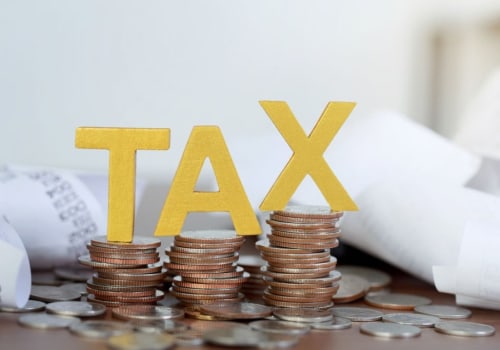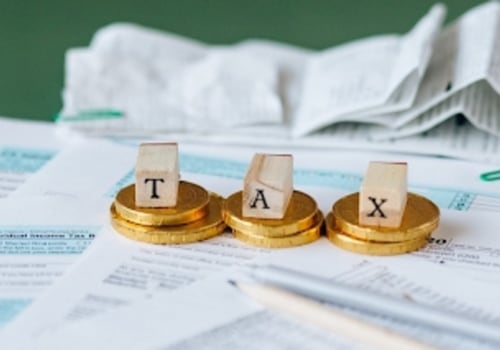If your debt is forgiven or canceled for less than the full amount you owe, the debt is considered canceled for the amount you don't have to pay. However, the law provides for several exceptions, in which the amount you do not have to pay is not a canceled debt. These exceptions will be discussed later. The closest thing to the forgiveness of the tax debt is the Pledge Offer or the ICO.
Basically, this is a settlement agreement that you entered into with the IRS. An ICO allows you to pay much less than you actually owe to resolve your tax debt. If you have the resources to pay a partial amount of your tax debt to the IRS, there is still hope. You can apply for the IRS government's payment plan called the Pledge Offer (OIC) to resolve the remaining amount.
Depending on your financial capacity and your acceptance, the IRS significantly reduces the total debt you can pay. This reduced amount can be paid in a lump sum or in fixed monthly payments. The addition of these programs to the tax code indicated to many that the IRS sought to be a little more flexible in how to recover more money owed to the government. You will be given an IRS debt forgiveness payment plan to pay the full or modified amount in a lump sum or in installments.
IRS tax debt relief or forgiveness allows taxpayers who owe unpaid taxes to reduce part of their debt, depending on their circumstances. The IRS debt forgiveness program is an initiative created by Internal Revenue Services to facilitate payments and provide tools and assistance to taxpayers who owe money to the IRS. To find out if you are eligible for the IRS debt forgiveness program, your case must be examined. Understanding your tax debt and dealing with the IRS isn't easy to do alone, even with available programs like Fresh Start.
The IRS debt forgiveness program was created to help taxpayers with the complex process of forgiving tax debts and to organize an appropriate debt repayment plan. This type of program was designed as a way for the IRS to maximize the collection of the amount of tax money owed to the government and, at the same time, make it much less painful for the taxpayer. Having a tax debt isn't the end of the world, as the IRS offers a handful of useful programs that you can actually qualify for. IRS debt forgiveness applies if the taxpayer can claim extreme financial hardship and if all previous tax returns have been completed.
The government also has an IRS debt forgiveness program that offers several tax relief options. If you can't pay but haven't contacted the IRS for a waiver or help, you should still wait for them to start taking collection measures against you. When the IRS considers forgiving your tax liability, it first analyzes your current financial situation. Knowing your current position with respect to your tax debt is vital when it comes to seeking forgiveness from the IRS.
You can also apply for the IRS debt forgiveness program if you are self-employed and have suffered a loss of income of at least 25%.



